Felipe P. do Carmo
Error concealment by means of motion refinement and regularized Bregman divergence
Nov 10, 2016
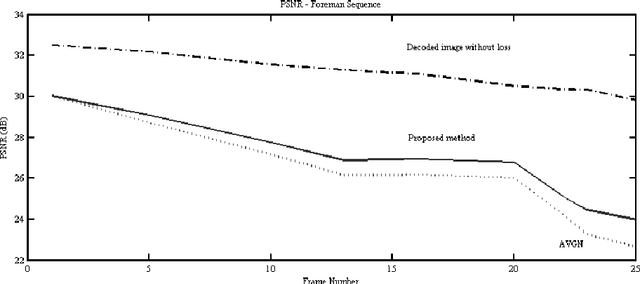
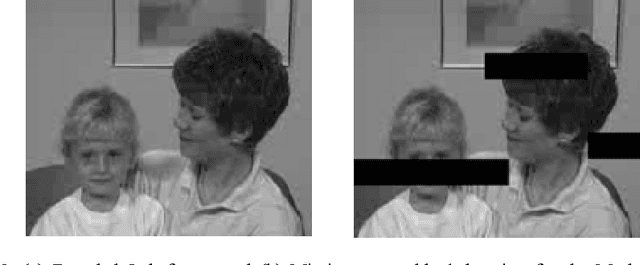
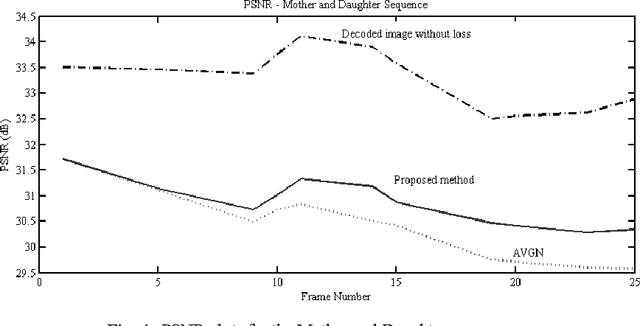
Abstract:This work addresses the problem of error concealment in video transmission systems over noisy channels employing Bregman divergences along with regularization. Error concealment intends to improve the effects of disturbances at the reception due to bit-errors or cell loss in packet networks. Bregman regularization gives accurate answers after just some iterations with fast convergence, better accuracy, and stability. This technique has an adaptive nature: the regularization functional is updated according to Bregman functions that change from iteration to iteration according to the nature of the neighborhood under study at iteration n. Numerical experiments show that high-quality regularization parameter estimates can be obtained. The convergence is sped up while turning the regularization parameter estimation less empiric, and more automatic.
Estimating motion with principal component regression strategies
Nov 08, 2016



Abstract:In this paper, two simple principal component regression methods for estimating the optical flow between frames of video sequences according to a pel-recursive manner are introduced. These are easy alternatives to dealing with mixtures of motion vectors in addition to the lack of prior information on spatial-temporal statistics (although they are supposed to be normal in a local sense). The 2D motion vector estimation approaches take into consideration simple image properties and are used to harmonize regularized least square estimates. Their main advantage is that no knowledge of the noise distribution is necessary, although there is an underlying assumption of localized smoothness. Preliminary experiments indicate that this approach provides robust estimates of the optical flow.
* 6 pages, 3 figures. arXiv admin note: substantial text overlap with arXiv:1610.02923
Blind signal separation and identification of mixtures of images
Mar 26, 2016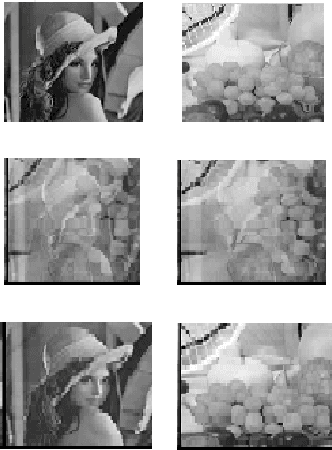
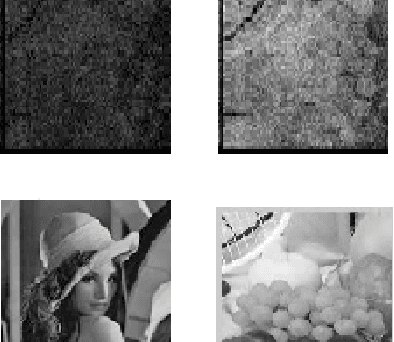
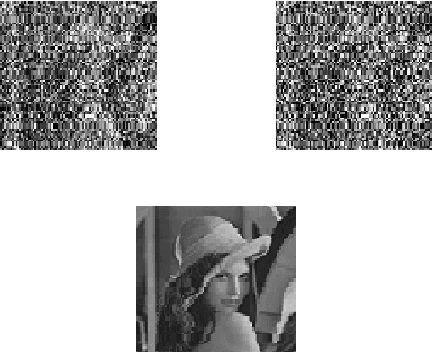
Abstract:In this paper, a fresh procedure to handle image mixtures by means of blind signal separation relying on a combination of second order and higher order statistics techniques are introduced. The problem of blind signal separation is reassigned to the wavelet domain. The key idea behind this method is that the image mixture can be decomposed into the sum of uncorrelated and/or independent sub-bands using wavelet transform. Initially, the observed image is pre-whitened in the space domain. Afterwards, an initial separation matrix is estimated from the second order statistics de-correlation model in the wavelet domain. Later, this matrix will be used as an initial separation matrix for the higher order statistics stage in order to find the best separation matrix. The suggested algorithm was tested using natural images.Experiments have confirmed that the use of the proposed process provides promising outcomes in identifying an image from noisy mixtures of images.
 Add to Chrome
Add to Chrome Add to Firefox
Add to Firefox Add to Edge
Add to Edge